► Renault Captur gets new face for 2024
► In-built Google Maps and voice assistant
► Plug-in hybrid dropped from line-up
Renault has been a marque on a mission this year, fattening its product roster with what has felt like a new launch every couple of months. It’s gone from having a handful of cars to a line-up fit to burst over the last few years, and it keeps growing. In 2024 alone, Renault has offered up three new models – a new electric Scenic, a fresh flagship Rafale SUV and the not-really-sure-why-it-exists Symbioz.
But Renault isn’t about to let its day-ones fall into dereliction. The Captur has been a best-selling model for the brand, and so it’s also been shown some appreciation this year with a facelift update. Despite all the change, it’s still Renault’s smallest crossover, and sales continue to impress – it’s shifted two million of them in a little over a decade. Though the Captur has previously been among the best compact SUVs,it doesn’t have it as easy as it once did, with an onslaught of rivals, including the Nissan Juke and Ford Puma to contend with.
Read on for everything you need to know about the new 2024 Renault Captur.
At a glance
Pros: Stylish, great interior, solid value for money
Cons: Limited engine choice, hybrid isn’t the smoothest
What’s new?
This update is primarily centred around the visuals, something the Captur has always been pretty good at. It now gets the firm’s new family face, giving it a look similar to the new Scenic and Symbioz. It plays on Renault’s diamond-shaped logo (which has also changed), with the pattern making up the grille and daytime running lights.
Moving inside, the Captur adopts Renault’s new ‘OpenR Link’ infotainment system which includes various built-in Google services – Maps and the voice assistant being the most useful. There are small changes made to the rest of the interior, with various new recycled materials introduced and all leather removed from the cabin. Sustainability box ticked.
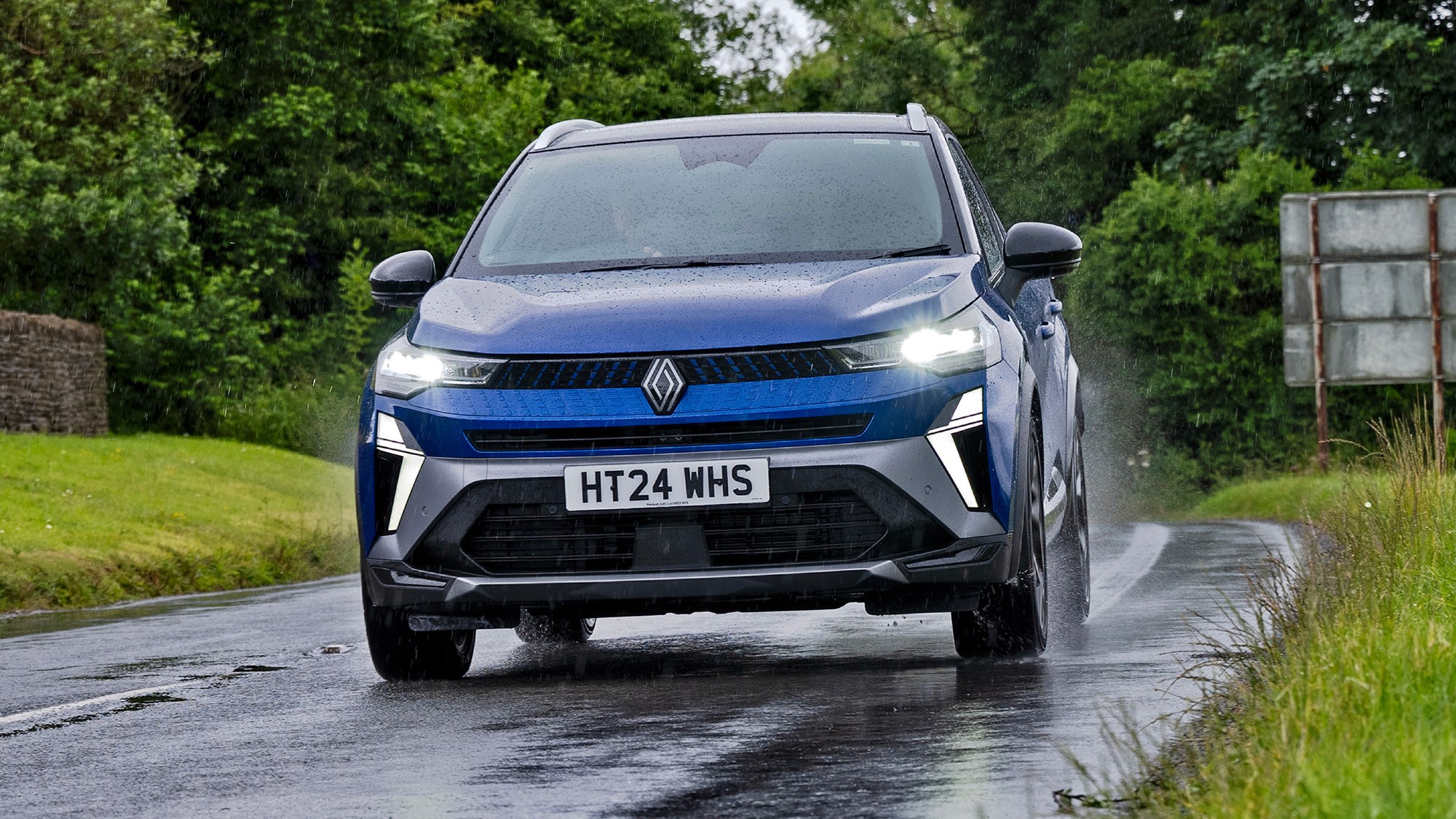
You also get an Alpine badge on a Captur for the first time (rolls eyes) courtesy of a new Espirit Alpine trim, as seen on the Clio and Austral, which gets larger 19-inch alloy wheels (again, rolls eyes) though it does look rather good.
What are the specs?
Engine choice remains the same as the old Captur – and identical to the Clio supermini, for that matter – with a choice of one petrol and one hybrid. Renault previously offered a plug-in hybrid model but the firm acknowledges that it wasn’t right for the car, and only accounted for around three per cent of total sales, and is now resigned to the history books.
We’re trying the hybrid model here, and you’ll find the same 1.6-litre petrol engine paired with twin electric motors setup on various Renaults these days, developing 143bhp in all, and allowing for a 0-62mph time of 10.6 seconds and 106mph flat out. It also uses an advanced multi-mode gearbox and a 1.2kWh battery.
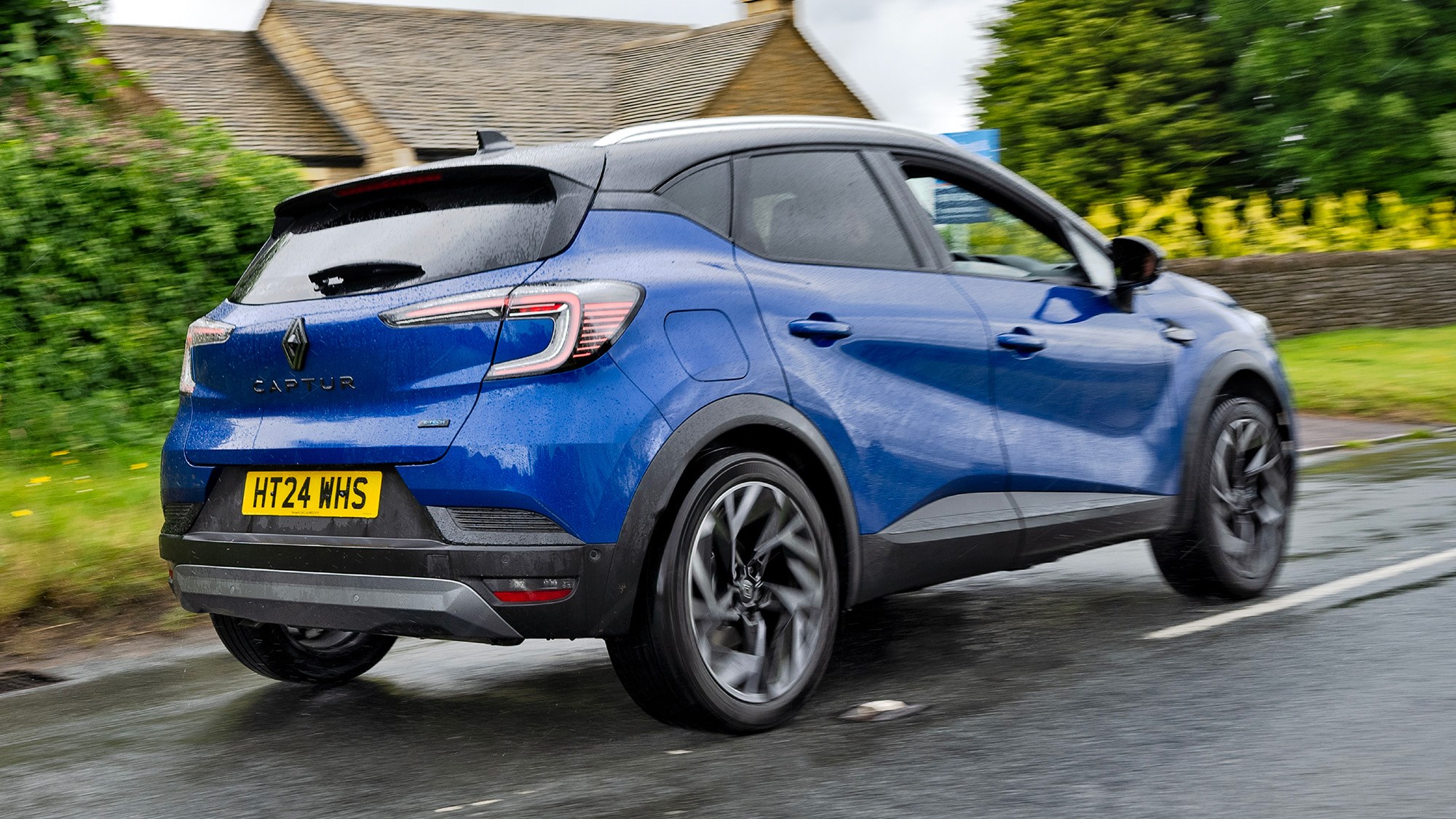
It’s more tailored towards fuel economy than performance, and that’s where it excels, Renault claims 60mpg, which is quite easily achievable, but far more is possible in careful driving. During a gentle drive on a mix of urban, rural and motorway, we saw 80mpg, which is quite exceptional for a self-charging setup.
The majority of buyers, however, are expected to opt for the entry-level petrol – a 1.0-litre turbocharged engine producing a fairly measly 89bhp and 160Nm of torque. You can only get it with a six-speed manual gearbox, so if you want an automatic you’ll need a hybrid. Though we haven’t had a chance to try it yet, performance figures aren’t anything to shout about it – 0-62mph will take up 14.2 seconds off your life, and it’ll hit 104mph if maxed out. Renault claims 47mpg with it too.
What’s it like to drive?
While this is almost entirely a visual facelift, there are changes under the surface, with a revised suspension setup and steering. It’s still not up there with the Ford Puma – the class leader – for driving pleasure, but the Captur is a very pleasant thing behind the wheel.
The steering is direct and grip levels are plentiful, giving the confidence to push the Captur more than you likely would many of its rivals. There’s a multitude of driving modes to circle through, but despite the changes made to make it feel a bit more ‘dynamic’, the Captur is still most at home in gentler driving, with ‘Comfort’ setting being our preference.
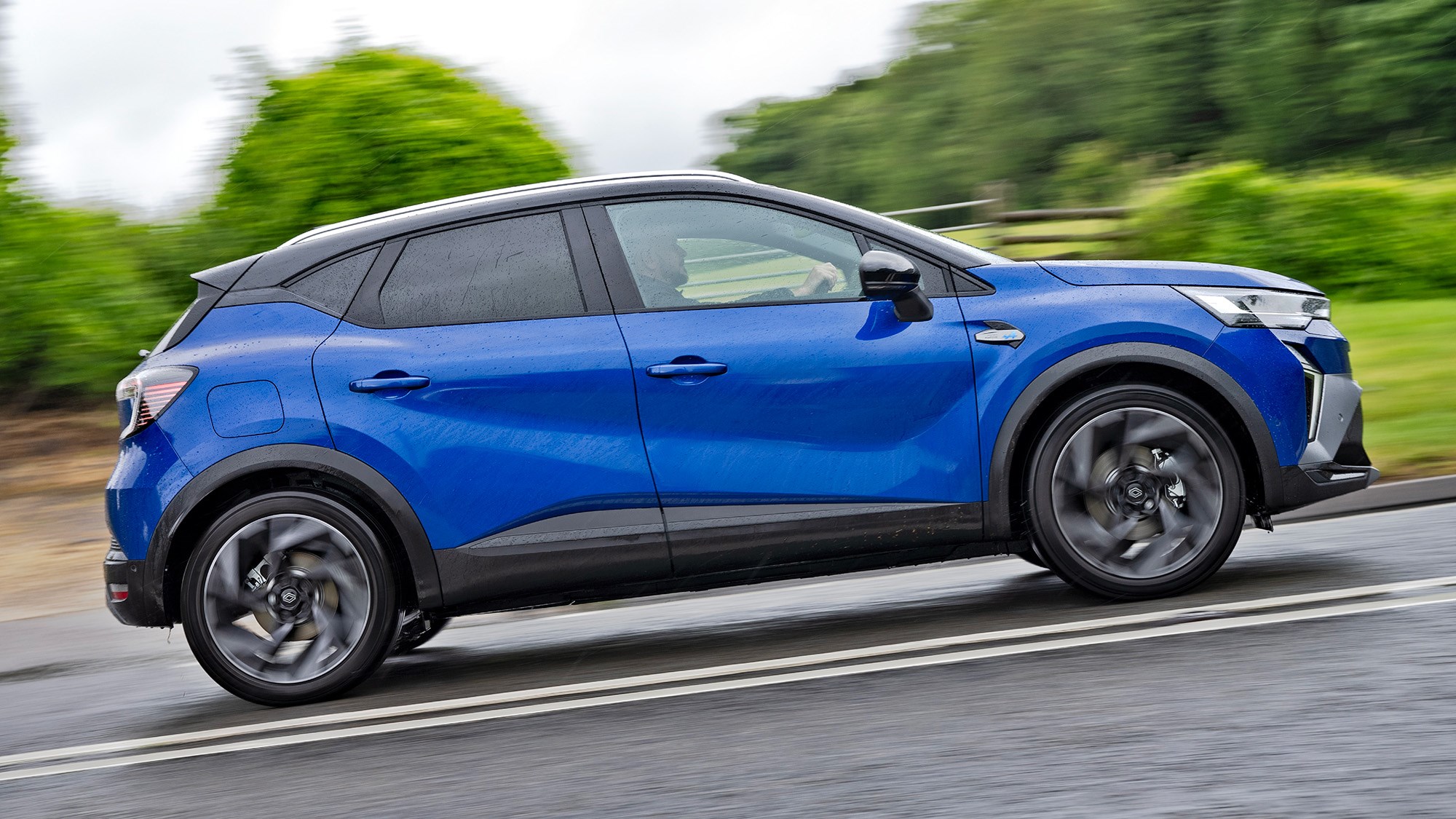
We’ve given it a go on UK roads, and we can report that ride generally seems comfortable and compliant, though we’d probably opt for the 18-inch wheels if you value comfort above all else. On the 19s of the Esprit Alpine, it can become quite unsettled at times, but certainly rides better than a Nissan Juke on the same set of wheels.
The Captur’s powertrains are a weakness, with the regular petrol seeming underpowered (on paper at least) and the hybrid not especially smooth. Though Renault has continued to evolve its E-Tech hybrid setup over time, and it’s a dramatic improvement compared to when it first debuted – the sheer complexity of the gearbox means the car is often fumbling about to find the right mode when you put your foot down.
Especially when going up an incline or heavier acceleration, it can be quite unpleasantly noisy and not as smooth as you’d hope. Despite this, its ability to run as an ‘EV’ is highly impressive, and even at motorway speeds, helping make it very cheap to run.
What’s it like inside?
The interior of the second-generation Captur has always been one of its highlights, and it’s only improved on this latest car. Renault is playing big on the sustainability focus, and on Techno cars you get a fantastic grey wool-like material that’s used across the seats, door cards and even the headlining. It looks fantastic and the added green credentials are only a bonus. Material quality is generally excellent, other than on the door cards where some hard plastic is used whereas many rivals have soft-touch materials. It seems like a missed opportunity. Overall it’s a very pleasant cabin, if a little lacking in imagination. Even when spangled in Alpine decoration, the interior is still a little bit bland and can feel like quite a dark room at times. Only a small gripe.
The new 10.4-inch touchscreen is standard across the range and with in-built Google Maps and Google Assistant, as well as easy access to lots of apps via the Google Play store, it’s certainly one of the best you’ll find in this segment. The Maps navigation can even be displayed within the digital instrument cluster. Yet physical climate control buttons remain, and ultimately is a near-perfect balance between tech and usability. One gripe is that the reversing camera seems very decade-old – the potato camera springs to mind.
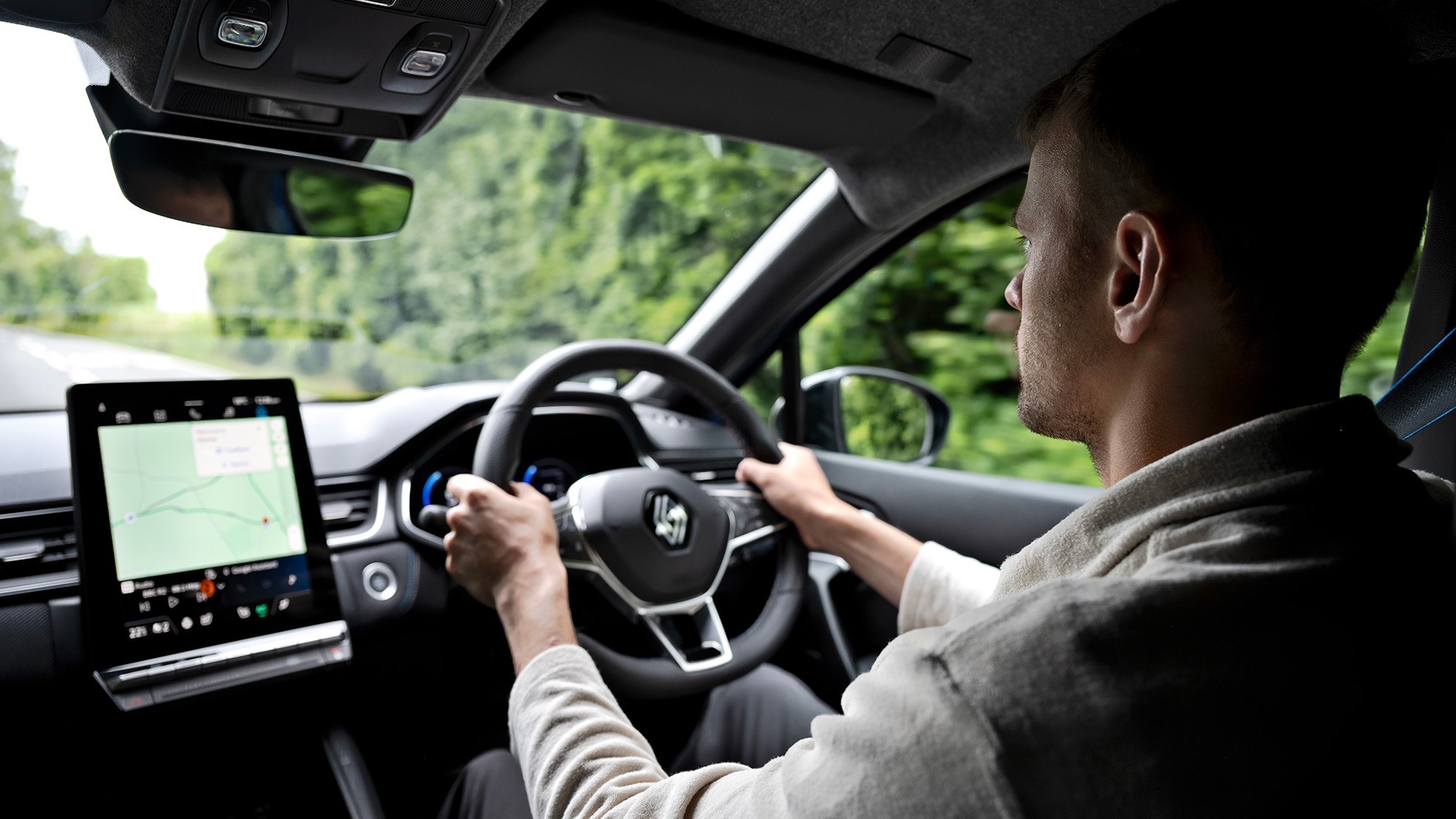
Though the Captur might be Renault’s smallest SUV, it’s still usefully spacious, and more so than the Clio. Rear space isn’t as generous as a Volkswagen T-Cross, but there’s room in the back for adults and 422-litre boot a decent size, though is smaller on the hybrids as that’s where the battery is fitted.
Before you buy
Renault has been pretty aggressive with its pricing of late and the Captur is no different. Prices start from £21,095 for the petrol and £24,595 for the hybrid, both usefully undercutting most rivals. In fact, Renault has done that rare thing and dropped the price compared to its predecessor and it’s now £500 cheaper. Another thing to note is that whichever version or trim you have, it always costs £1,700 to upgrade to the next model.
The entry-level Evolution trim is crammed with equipment and includes 17-inch alloys, the new full-size touchscreen (previously base cars got a measly little unit) and a digital instrument cluster. Add to this a wireless phone charger, keyless entry and a reversing camera.
We’d be tempted to splash that extra £1,700 (or probably £20 a month) on the Techno as this gets the various onboard Google services, along with ambient interior lighting, a larger digital instrument cluster and roof bars. At the top of the tree is the Esprit Alpine, which majors on style with its 19-inch alloy wheels and two-tone paint, though you also get heated front seats and adaptive cruise control.
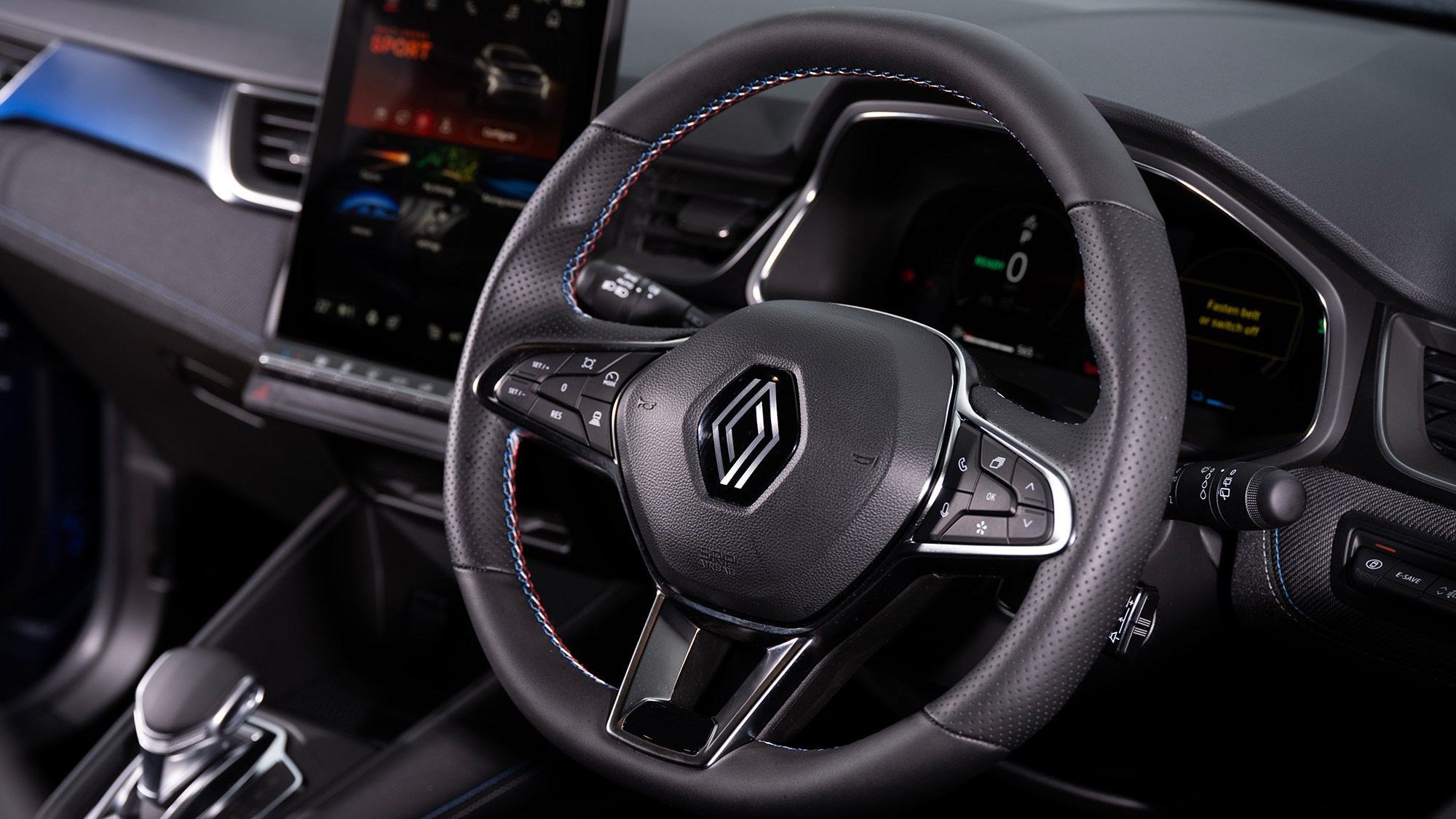
A special mention should also go to Renault for its excellent ‘My Safety’ switch, which lets you choose which assists you want and ones you don’t want, and then saves this as a profile. It’s a much easier way of turning off incredibly annoying features such as lane assist.
Verdict
The Renault Captur has long been one of CAR’s best compact SUVs and this latest model has only solidified its place on that list. It looks the part and the interior changes give it perhaps the best cabin in this class from a quality and technology perspective.
The hybrid powertrain system, despite its superb fuel economy, could be smoother still – Toyota and its Yaris Cross do things better – and there feels room for a more powerful turbocharged petrol engine. Yet the pros massively outweigh the cons as the cherry on top of the cake is its low price – and likely excellent finance deals. Considering all those factors, the Captur is up there with the very best this class has to offer.
Specs are for Renault Captur Hybrid 145 Esprit Alpine